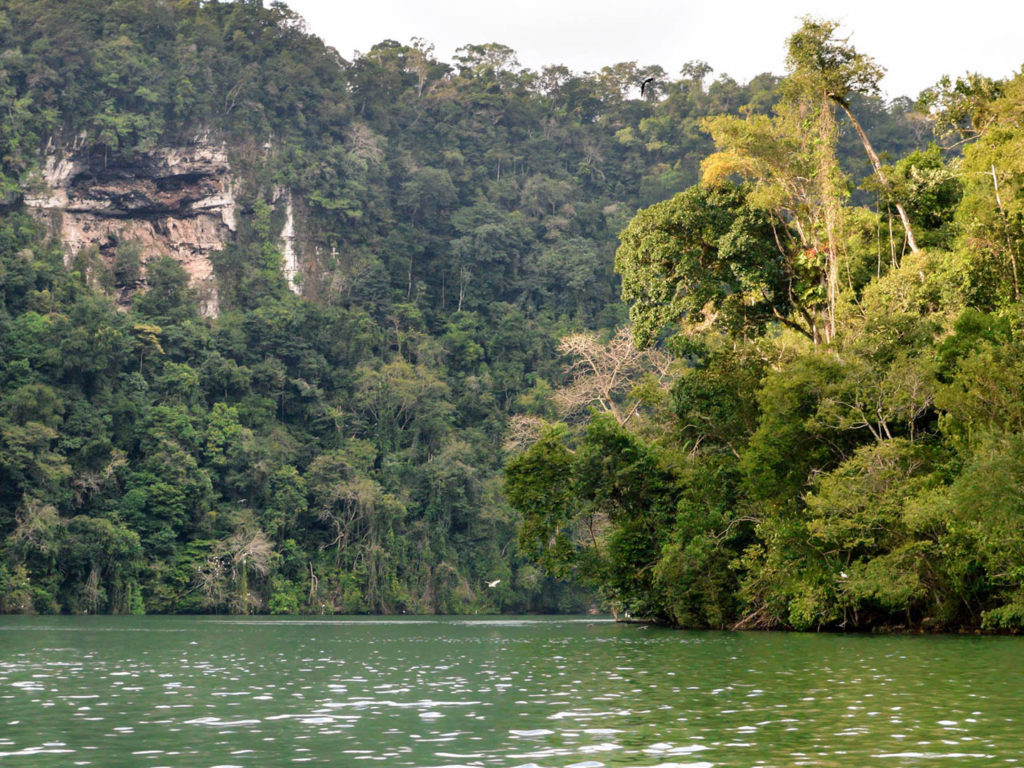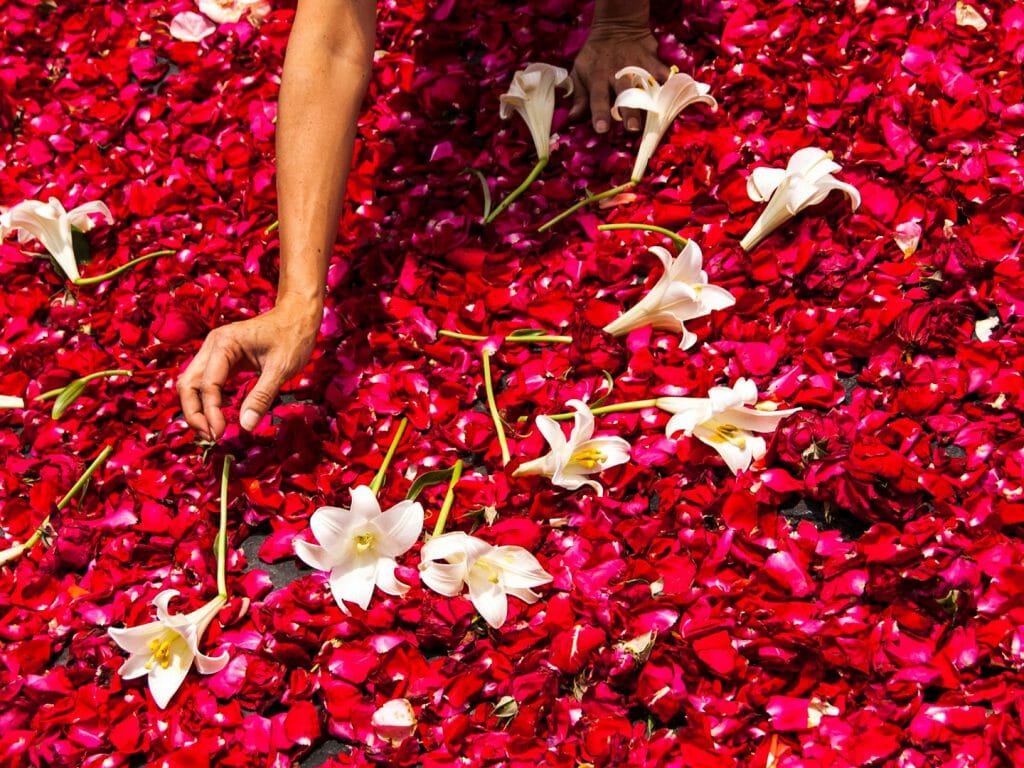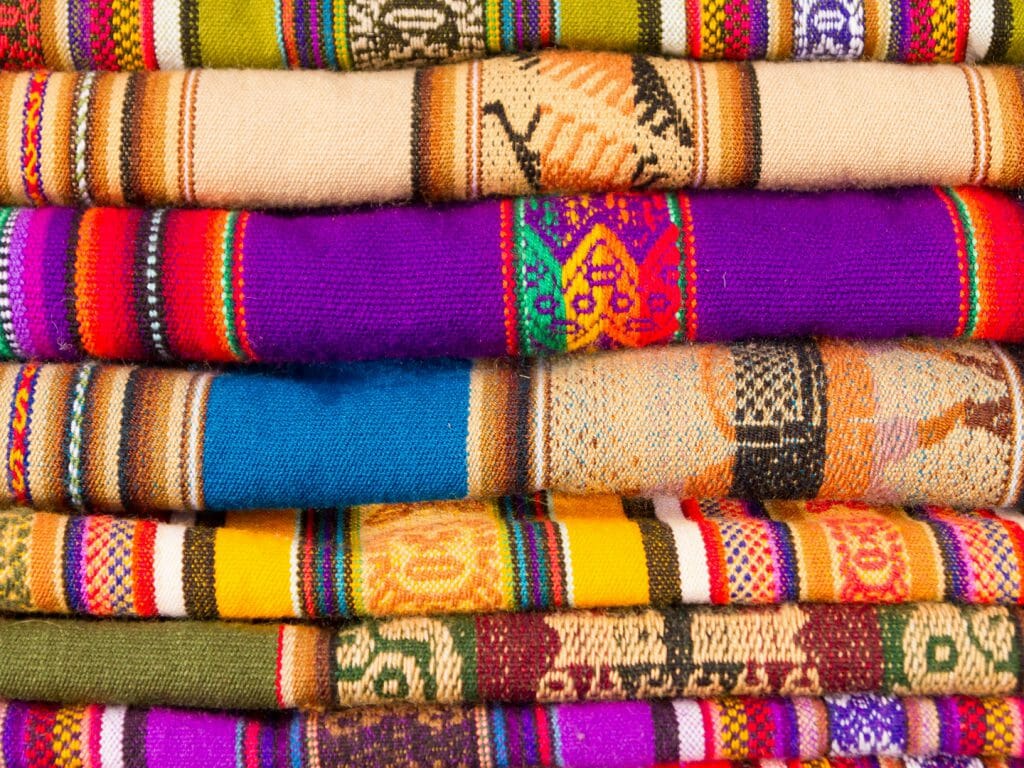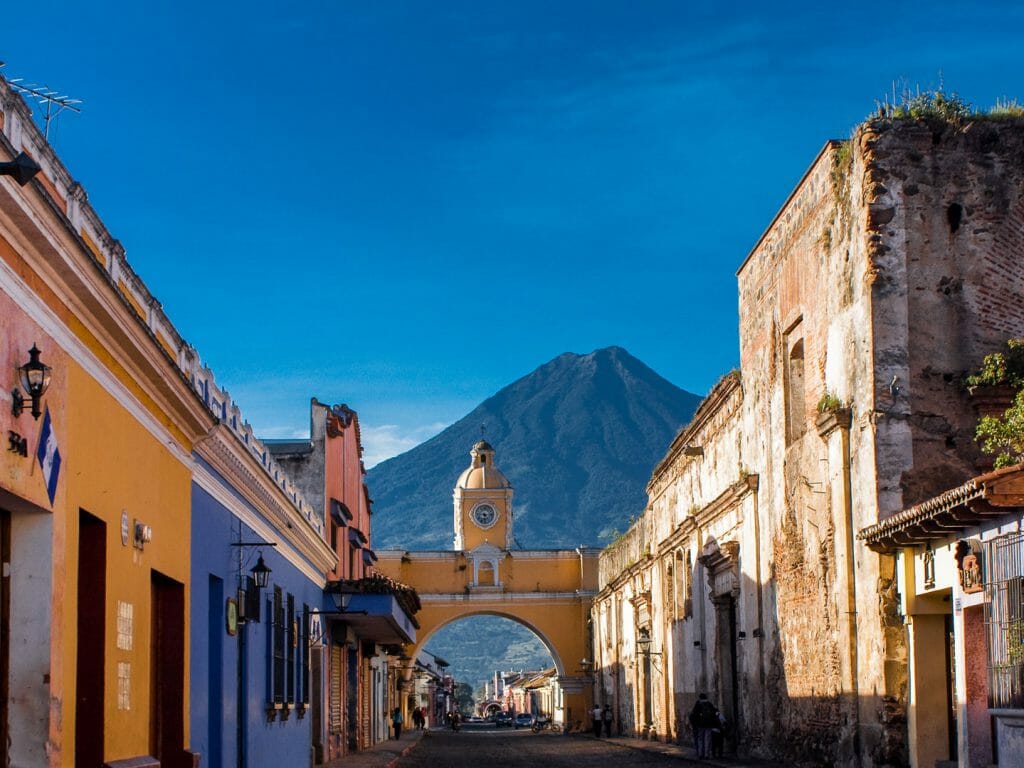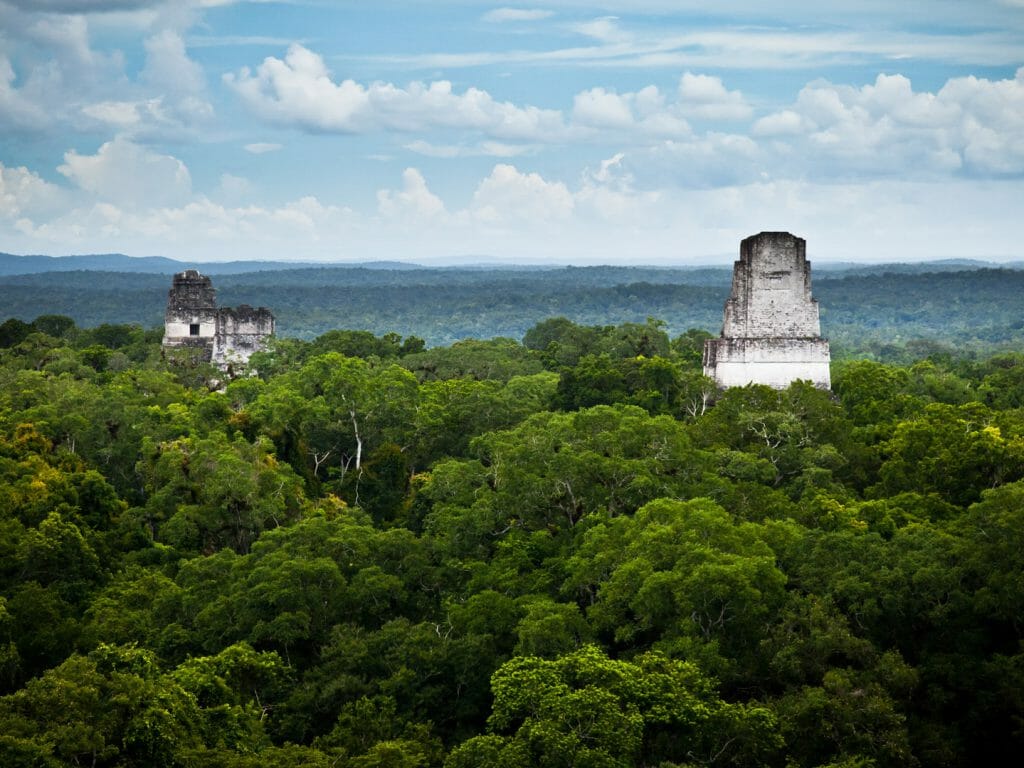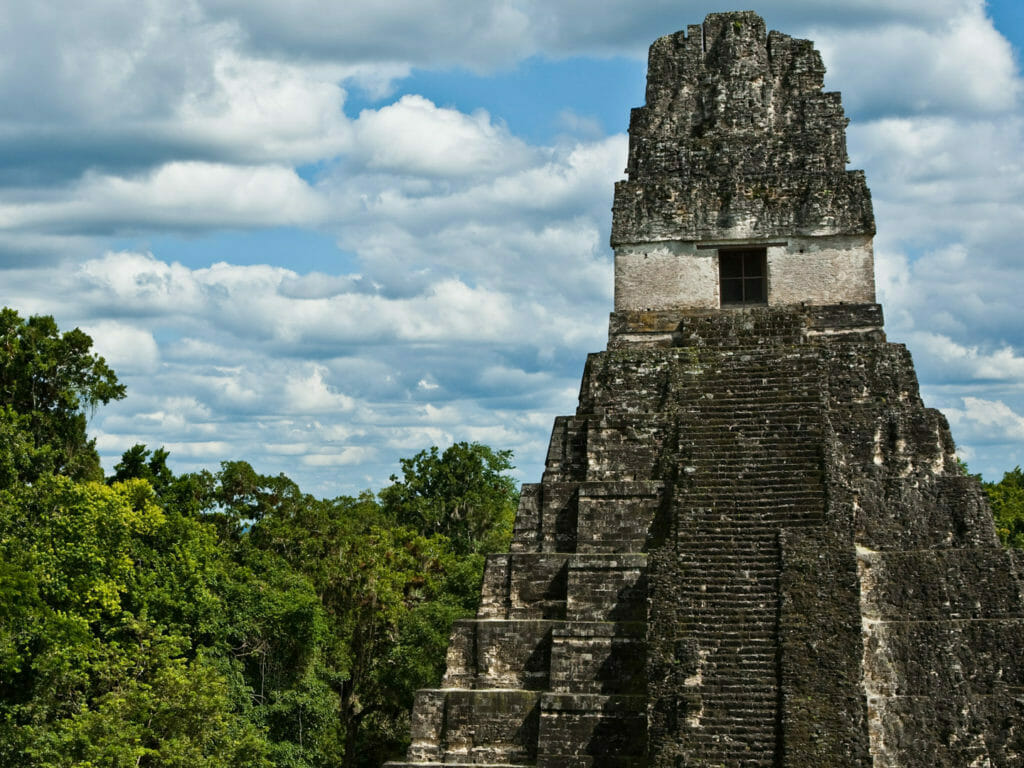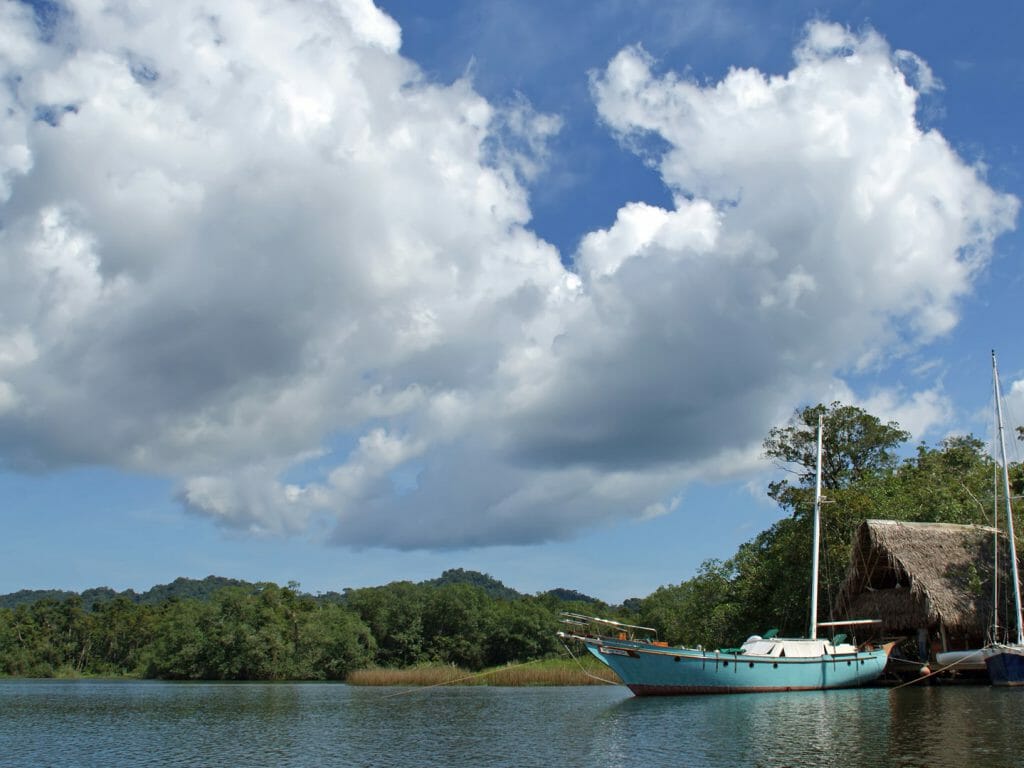Cradled by the soaring peaks of the volcanoes Agua and Fuego, Antigua is among the finest examples of the colonial architecture in the Americas. Built by the Spanish in 1543, when it went by the name of Ciudad de Santiago de los Caballeros de Goathemala, for centuries Antigua was Central America’s most powerful city, something to which its squares, buildings and private houses bear witness today. The city has retained its eighteenth century charm and a remarkable state of preservation due to a particularly destructive earthquake in 1773, Antigua was evacuated and the capital moved to Guatemala City thus avoiding the urban sprawl of the unsavoury modern day capital.
I walk the cobblestone streets – the best way to fully appreciate the fabric of the city – and take in the red-tiled roofs, walls of terracotta or Córdoba blue. The buildings are low and massive, a potent symbol of the strength of the Spanish. Thick imposing walls guard the courtyards of colonial houses. I peek through an open doorway and glimpse shade, bougainvillea and jasmine.
Baroque churches and their bell-towers stand testament to the power of the Catholic Church. But even such might is not equal to that of the earth and its unpredictable movements – the churches have literally been so shaken to their foundations by earthquakes over the centuries. Within they are a hollow shell of their former selves.
Antigua is not just a museum. The city has a thriving population of 40,000 and it is nowhere more alive than in the market. I arrive at the market on the deep rumbling of the diesel engines of the gaudily coloured ‘chicken’ buses – former US school buses whose trademark yellow has been replaced in a blaze of bling. Tuk tuks toot their horns as they bustle in between the leviathan chicken buses.
The market is a sensory overload. There were huge bunches of lilies and chrysanthemums. There were flowers for weddings, flower for funerals, flowers for graves. Tomatoes of every shape, size and colour. Chillies as big as plums, chillies as small as peas. Oversized carrots. So much fruit both in terms of the amount and variety. Fruits I did not recognise such as the chico sapote (the bark of this tree is rich in a white latex called chicle which is used in making chewing gum), a brown fruit that tasted not dissimilar to dates. Candles of varying sizes and colours. The colour is significant – you light red for love, blue for work, white for children, pink for illness and green for economy. Such public display of what is ailing or irking you offends my private self.
Food abounds. Spices, small chunks of limestone into powder, corn tortillas cooked on giant terracotta tortilla plates, vegetables chopped and piled in little clear plastic bags – the Guatemalan equivalent of a ready-made meal. At impromptu outdoor cafés market-goers sit around drinking bowls atoll blanco, a hot corn soup or a seafood soup. My guide tells me that the seafood soup is always popular on a Monday as a hangover cure.
There is a sense of civic pride. The market is clean, the paths being sprayed with water and then diligently swept. There is a quiet warmth to the people. Smiles and laughter break out with ease revealing flashes of gold.


